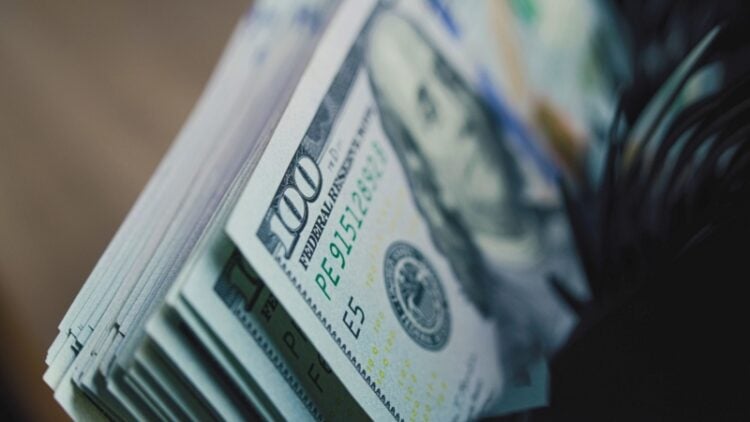Publisher: Maaal International Media Company
License: 465734
Dollar struggles for direction before Trump’s reciprocal tariffs, awaits data
The dollar struggled for direction on Tuesday as investors braced for reciprocal tariffs that the U.S. President Donald Trump is due to announce on Wednesday, Reuters reported.
Markets will monitor the U.S. Job Openings and Labor Turnover Survey (JOLTS) and the ISM manufacturing index later in the session, both of which could provide further insights into how uncertainty in U.S. trade policy is hurting the economy.
Trump announced late on Sunday that virtually all countries would face new tariffs this week, though he provided no specific details, leaving currency markets in a cautious, subdued state.
اقرأ المزيد
European Commission President Ursula von der Leyen said EU was open to negotiations with the U.S. on trade, but would retaliate strongly if necessary.
“We expect the U.S. government to announce some sort of asymmetric reciprocal tariff scheme and 25% tariffs on food and potentially other items like pharma, which might include some exclusions for Canada and Mexico,” said Claudio Irigoyen, head of global economics at Bank of America, adding the risks around the base case are huge.
“We expect roughly a one-month delay in implementation, leaving space for negotiation. We think about a third to a half of the announced measures will not get implemented – at least, not for an extended period,” he added.
The dollar index, which measures the U.S. currency against six rivals, was 0.05% higher at 104.24.
Geopolitical tensions remain in focus as the Chinese military said it conducted drills in waters to the north, south and east of Taiwan on Tuesday.
The euro dropped 0.1% at $1.0805, after gaining 4.5% in the first quarter of the year, its strongest quarterly performance since October-December in 2022, thanks mainly to Germany’s commitment to sharply increase fiscal spending.
Investors recently boosted their bets on future European Central Bank rate cuts due to tariff fears and weak economic data, driving bond yields and the single currency lower.
Money markets priced in an approximately 70% chance of an ECB easing move this month, despite cautious remarks from policymakers.
Uncertainty, mainly due to U.S. trade policy announcements, means the ECB needs to be cautious in reducing rates, said governing council member Fabio Panetta, who is seen as dovish.
“We remain generally cautious about following any euro/dollar rally into the tariff event and instead see mostly downside risks, barring any meaningful U.S. data surprise,” said Francesco Pesole, forex strategist at ING.
The Japanese yen was 0.01% stronger at 149.92 per dollar on Tuesday. The yen rose nearly 5% against the dollar in the January-March period on growing bets that the Bank of Japan would hike interest rates again.
Data on Tuesday showed business sentiment among big Japanese manufacturers worsened in the three months to March, a sign escalating trade tensions were already taking a toll on the export-reliant economy and complicating the BOJ’s next move.
The Australian dollar rose 0.1% to 0.6253 after the central bank left rates unchanged as expected. It hit 0.6217 on Monday, its lowest since March 4.
The Reserve Bank of Australia (RBA) delivered its first rate cut in over four years in February but has since adopted a cautious tone on further easing.
“The RBA’s statement suggests they’re inching towards their next cut, but in no rush to signal one ahead of the election or the quarterly inflation figures,” said Matt Simpson, senior market analyst at City Index. Australia will hold a general election on May 3.








